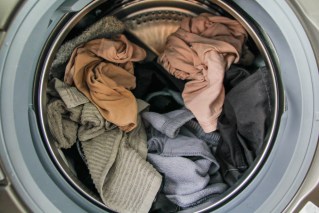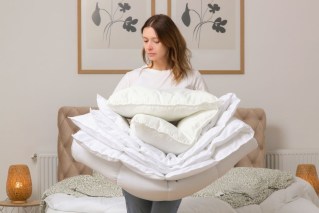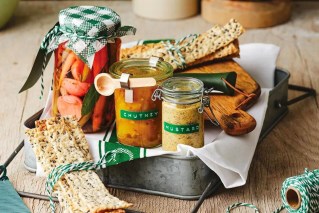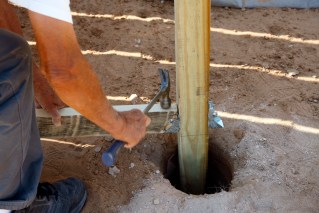The guide to keeping your own chooks
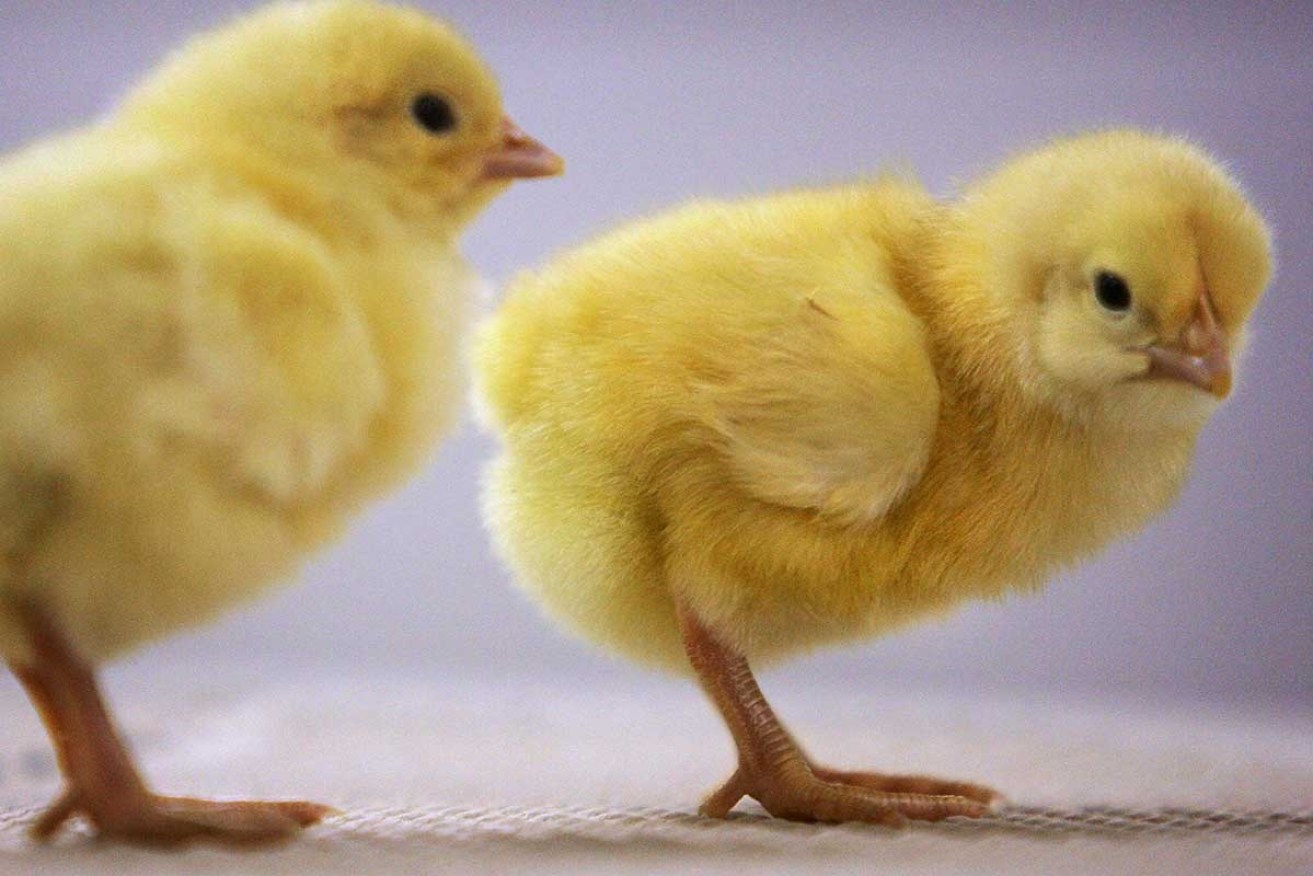
Getty
Growing up in a largish country town in the 1970s and 80s many people, especially in the older part of town, kept chickens. Aside from their massive amusement value – chook watching is highly entertaining – keeping chickens makes good economic sense.
Three chickens from one of the ‘egg-laying machine’ type breeds will produce a dozen eggs every four or five days for very little cost once established. Because you’re feeding them, you know exactly what they’re eating and because your backyard is a lot roomier than a battery cage, they’ll be happy and healthy chooks.
Chooks will eat anything, they’re nature’s ultimate scavenger. Studies have found that on average, Australians throw out 345kg of food per household per year and whether it’s rotten fruit and vegetables or leftovers past their use-by most of it can be fed to chickens and they’ll love you for it. The rest can be used for composting or a worm farm but that’s another story. While chooks love their grain, they really only need a couple of handfuls every day to ensure they get enough calcium.
Some tips:
There’s no doubt you can keep chooks in the backyard of an inner-city terrace but the balcony of an apartment is out.
If you’re on a suburban block you should have plenty of room for chickens but check with your local council that it’s OK to keep chickens.
Also keep in mind that roosters are a no-no unless you’re way out of town.
Coops!
While there are some great steel or wood chicken tractors (a coop you can move around the backyard) and coops available to buy, they’re relatively expensive and it will take a while to earn the money back. Nevertheless, a tractor can be built quite easily using PVC pipe, netting and shade cloth but you’ll need somewhere secure to put the girls at night where they’ll be safe from foxes and dogs.
There a lot of impressive looking coops for sale, which look great but are constructed from poor quality timber and even if regularly revarnished are unlikely to last long. Many of them aren’t particularly practical to use day-to-day either. If you’re a handyperson, you can build a coop for a fraction of the cost of buying one and there are plenty of books with plans available not mention the internet. Choose your materials carefully and it should last for a long time.
If you have the room you really can’t go past the chicken run in the backyard constructed from hardwood posts, snake and chicken mesh, timber and corrugated iron. Build the actual henhouse a metre or so above the ground and they’ll be safe from predators.
Apart from somewhere to live, chooks need a nesting box and water. A nesting box can be as simple as a cardboard box on its side with some straw or shredded paper in it. When it gets a bit battered throw it onto the compost heap.
A good sized pet water bowl will do as long as you change the water every day or get a specialised chicken drinker that you’ll only have to clean out occasionally and fill when it’s empty. From personal experience, the plastic drinkers only last a couple of years so get a steel one if you can.
Now you need to choose your chickens.
If you’ve never had chickens before it’s a good idea to stay away from day old chicks that you’ll have to raise yourself. Instead, get some point-of-lay pullets, young chickens a few months old and only a week or so away from starting to lay. You might also like to consider re-homing some past-their-prime battery hens from organisations such as Hen Rescue. These will be older birds but it’s great to watch them blossom in a free range environment and they still lay. We’ve got four White Leghorns that are ex-battery birds and we collect two or three lovely big eggs most mornings.
Chickens are a flock animal and three is the magic number for flocking/herding animals to feel safe so try and get at least three. While it’s interesting to get into rare breeds, when starting out it’s best to go for a breed that’s easy to find. ISA Browns are calm with a great personality, lay lots of lovely eggs and are good foragers.
Among the common pure breeds, other good egg layers are White Leghorns (scatty but great foragers), Rhode Island Reds and Australorps.
Your chickens may take a week or so to settle in but before long you’ll be enjoying the routine of feeding out your scraps, collecting lovely eggs and just watching your chooks being chooks.





